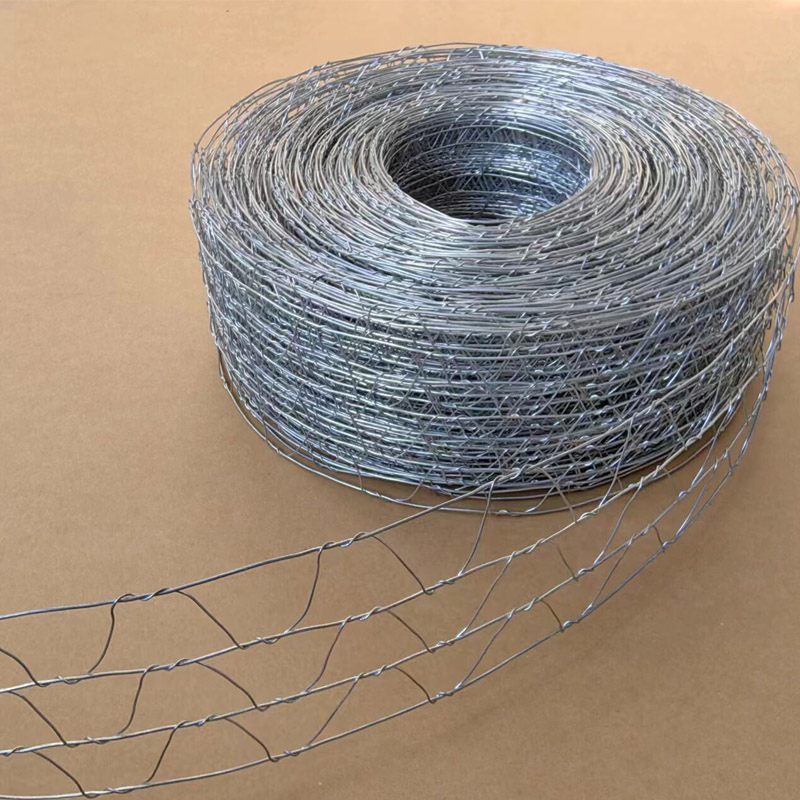
- Mobile Phone
- +8613931874955
- sales@cntcmetal.com
Enhancing Construction Durability with Metal Rib Lath Applications in Modern Building Techniques
Understanding Metal Rib Lath Applications and Benefits
Metal rib lath is a critical component in the construction and building industry, particularly recognized for its structural integrity and versatility. It is a type of expanded metal lath that features ribbed patterns which enhance its strength and support capabilities. This article explores the characteristics, applications, and advantages of metal rib lath, making it an essential material for various construction projects.
Composition and Characteristics
Metal rib lath is typically made from galvanized steel, which offers excellent protection against corrosion, enhancing its longevity. The ribbed pattern is created by expanding and stretching a flat sheet of metal, which not only adds strength but also ensures excellent bonding with plaster, cement, or other materials applied over it. The unique design of rib lath provides superior anchoring for plaster and stucco applications, making it highly effective in creating durable, resilient surfaces.
Applications
The versatility of metal rib lath makes it suitable for several applications in the construction industry. One of the most common uses is in the installation of stucco systems. When properly applied over metal rib lath, stucco can adhere firmly, resulting in an aesthetically pleasing and weather-resistant exterior. Additionally, metal rib lath is often used as a backing for various wall finishes, offering support for both thin and thick plaster applications.
In addition to exterior applications, metal rib lath is also used in interior construction
. It serves as a substrate for fire-rated partitions, providing both strength and fire resistance. This is particularly important in commercial buildings where safety regulations require specific fire-rated materials. Furthermore, it is used in ceiling systems and as a reinforcement for other wall panels, which require additional structural support.metal rib lath

Benefits
One of the primary advantages of using metal rib lath is its strength-to-weight ratio. It is considerably lighter than traditional framing materials such as wood or concrete blocks, making it easier and faster to install. This reduction in labor and time can lead to significant cost savings on construction projects.
Another major benefit is the cost-effectiveness of metal rib lath. Its durability means that structures built with it generally have lower maintenance costs over time. The corrosion-resistant properties of galvanized steel also contribute to a longer lifespan, minimizing the need for replacements or repairs.
Metal rib lath also offers acoustic benefits. When used in wall systems, it can assist in sound attenuation, making it a suitable choice for residential buildings, commercial offices, and any environment where noise control is important.
Lastly, the use of metal rib lath contributes to sustainable building practices. Since it is made from recyclable materials, and its longevity reduces the material turnover, it aligns with contemporary building standards that prioritize sustainability.
Conclusion
In summary, metal rib lath is an indispensable material in modern construction, thanks to its strength, versatility, and cost-effectiveness. Its applications stretch across both internal and external structures, providing reliable support for various finishes. With a focus on durability and sustainability, metal rib lath is a smart choice for builders and architects aiming to create long-lasting and efficient constructions. As the industry continues to evolve, the importance of such materials that combine performance with economic and environmental benefits is more relevant than ever. Whether you’re working on a residential, commercial, or industrial project, incorporating metal rib lath into your construction plans could be a decision that pays dividends in the long run.
share:
-
Your Source for Concrete Wall Ties and Masonry AccessoriesNewsJul.10,2025
-
Unlocking the Power of Iron Wire for Every ProjectNewsJul.10,2025
-
Explore Advanced Chain Wire and Stainless Steel Mesh FencingNewsJul.10,2025
-
Discover the Benefits of Annealed Wire ProductsNewsJul.10,2025
-
Discover China Stainless Steel Wire Mesh SolutionsNewsJul.10,2025
-
Build with Confidence Using High-Performance Masonry AccessoriesNewsJul.10,2025
-
Why Sacrificial Formwork Is Redefining Underground ConstructionNewsJun.06,2025



















